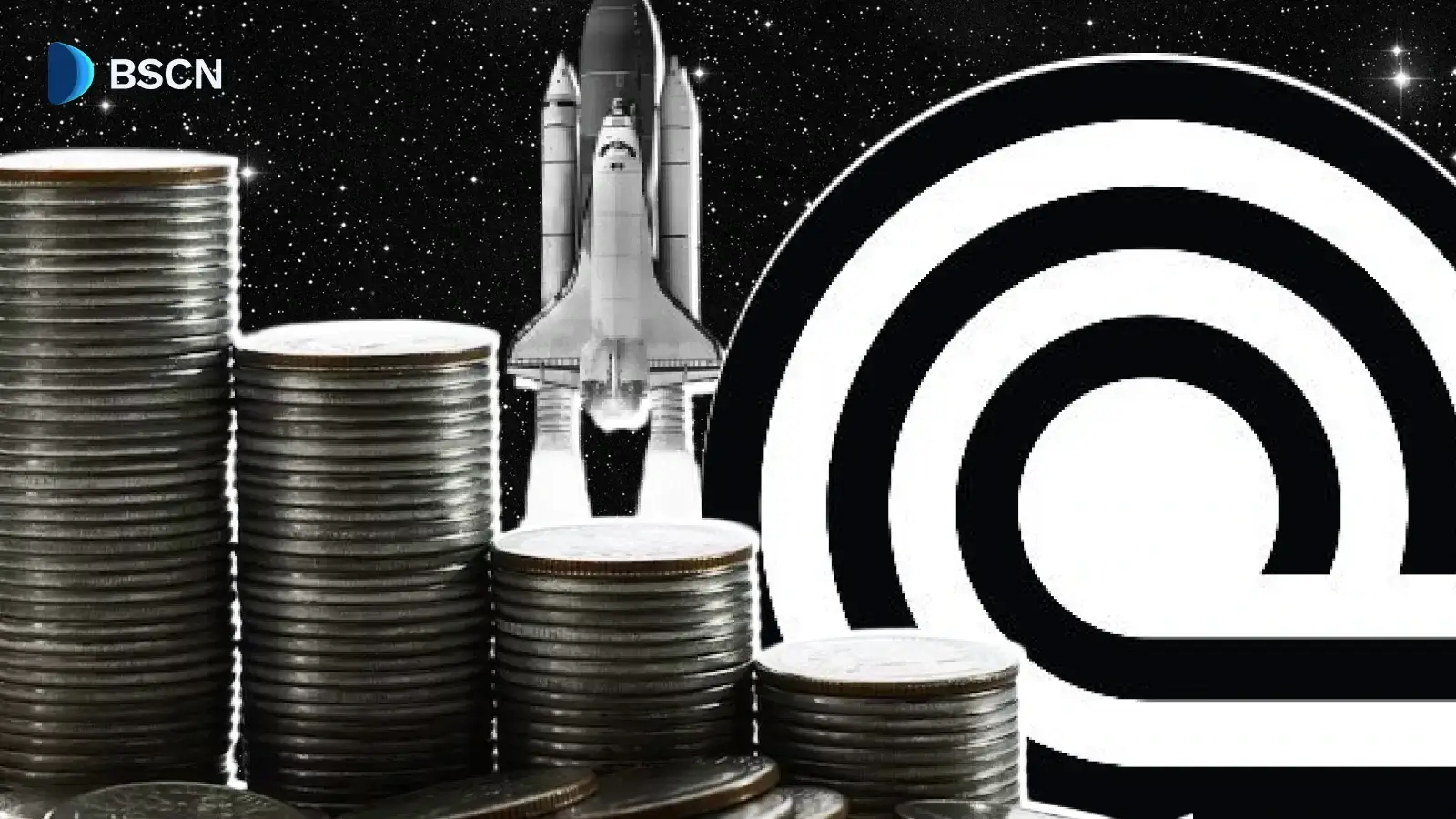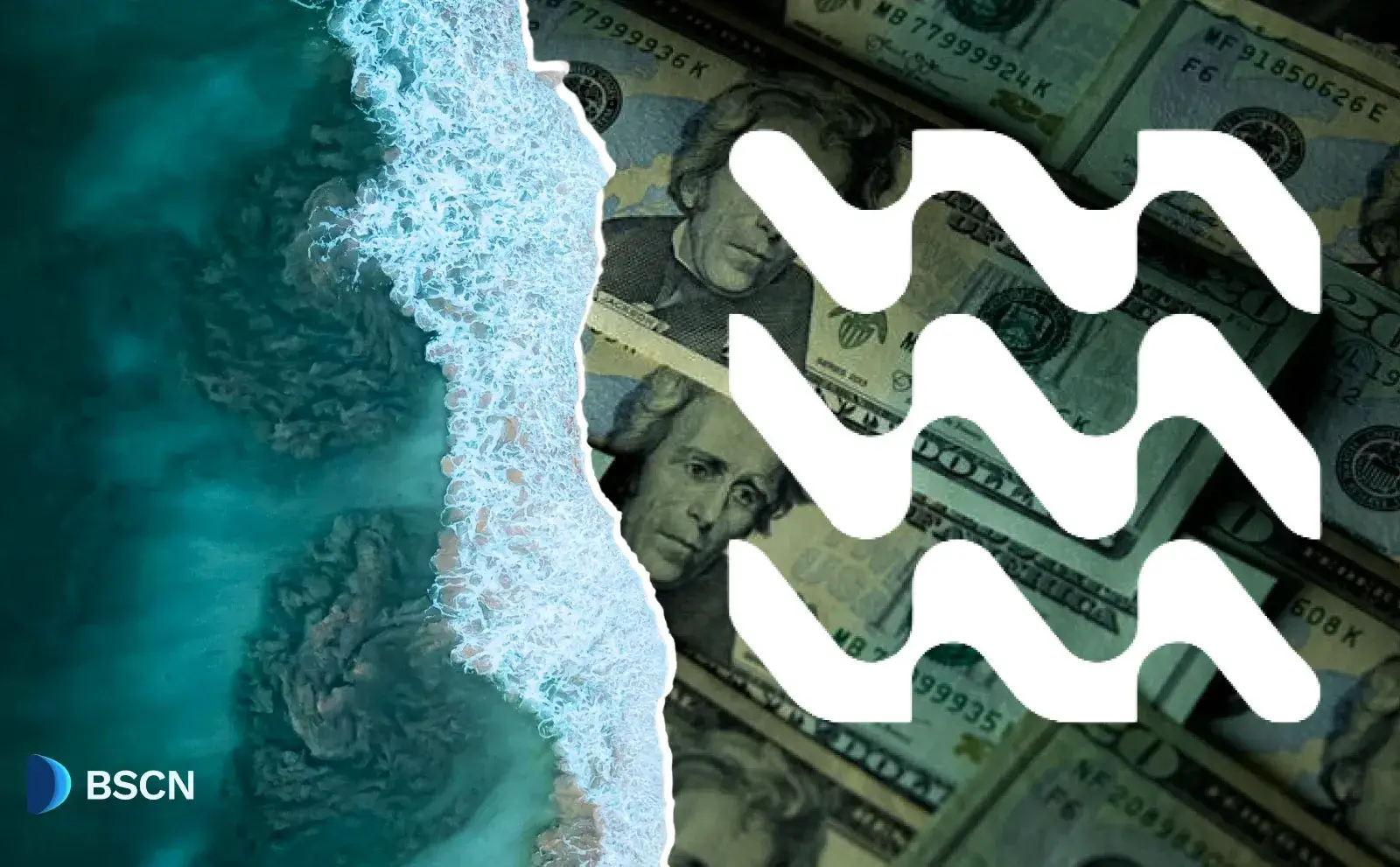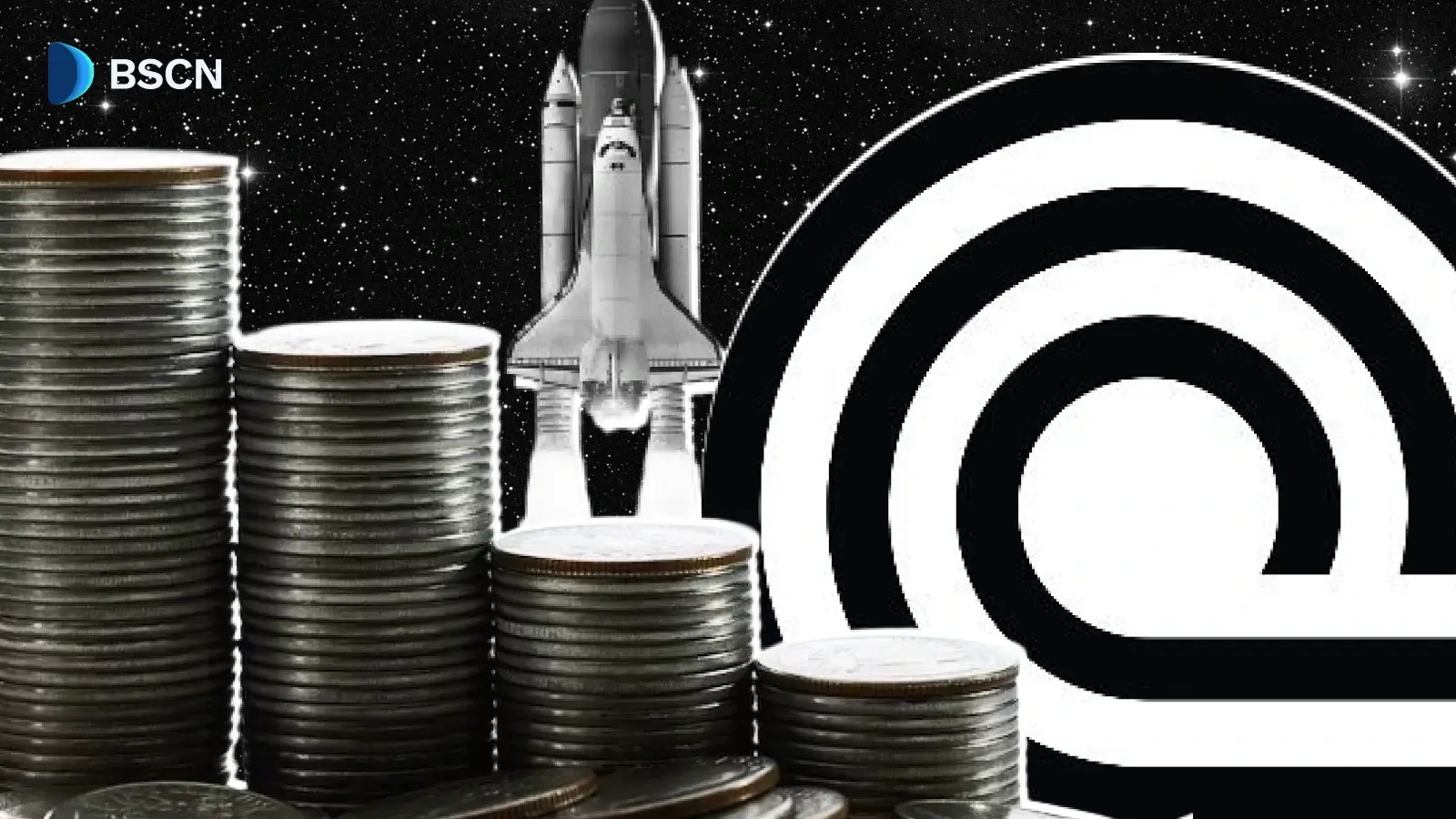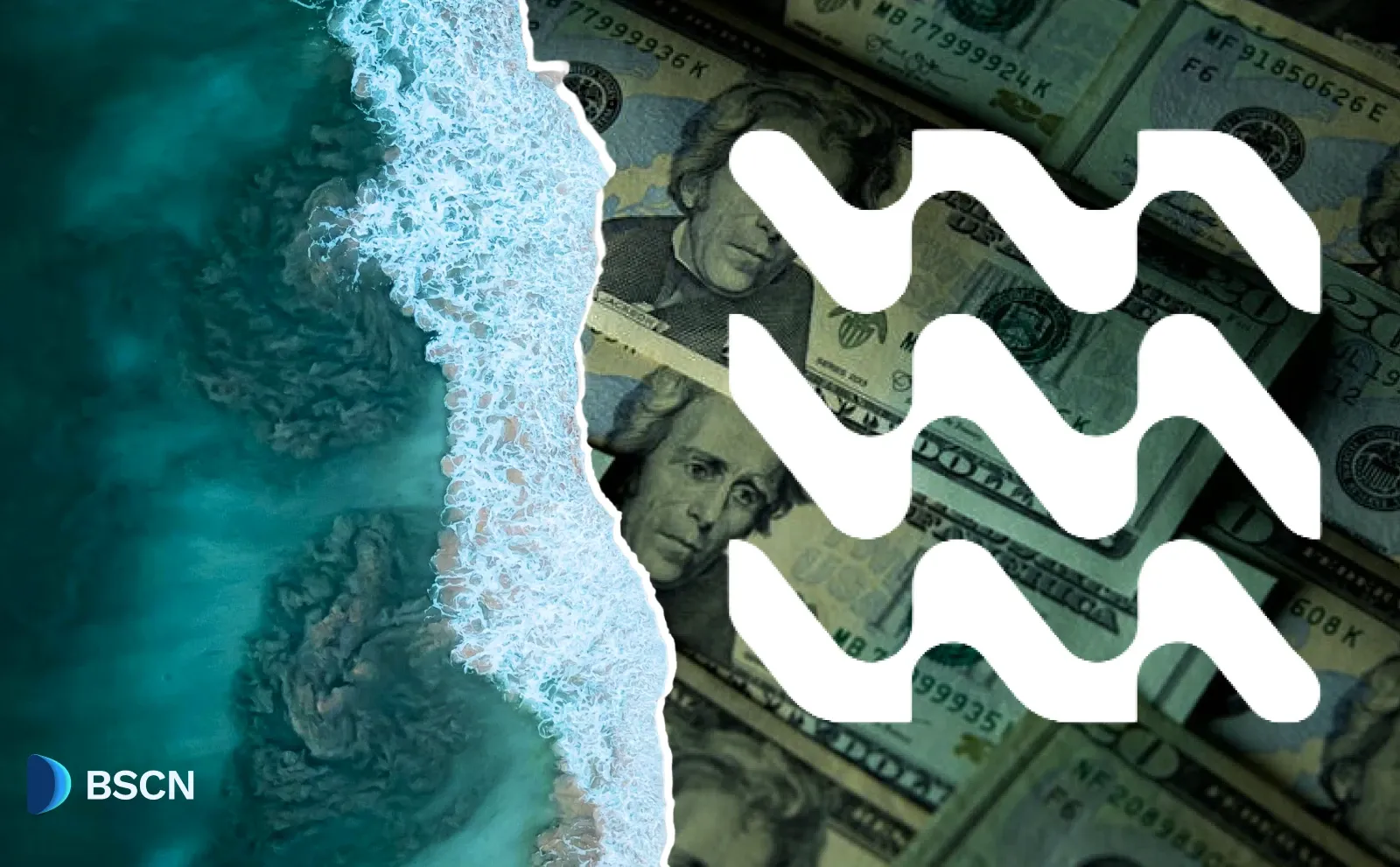Deepdive
(Advertisement)
What is Kaspa’s Crescendo Hardfork? Detailed Examination

Kaspa is about to undergo what may be its most important ever upgrade in the Crescendo Hardfork. Here's why it matters.
UC Hope
April 1, 2025
(Advertisement)
Table of Contents
Kaspa is preparing for a significant network upgrade called the Crescendo Hardfork. The release of Node Version v1.0.0 on March 31, 2025, sets the stage for this change, which is scheduled to activate on May 5, 2025.
This hardfork will increase Kaspa’s block production from 1 block per second (BPS) to 10 BPS, aiming to boost transaction speed and network capacity. Here’s a comprehensive breakdown of what the Crescendo Hardfork entails, why it matters, and what it means for Kaspa’s future.
What is the Crescendo Hardfork?
The Crescendo Hardfork is a mandatory update to the Kaspa blockchain, designed to enhance its performance and scalability. Announced via an official X post on April 1, 2025, the hardfork will take effect when the network’s Difficulty Adjustment Algorithm (DAA) score hits 110,165,000, projected for May 5, 2025, at approximately 15:00 UTC. At that point, Kaspa will transition from producing 1 block per second to 10, reducing the time between blocks from 1,000 milliseconds to 100 milliseconds.
This upgrade is driven by Node Version v1.0.0, released on March 31, 2025. Built using the Rust programming language, this software update introduces the technical framework for the hardfork, including faster block production, a new data retention option, and a shift to P2P protocol version 7. Starting 24 hours before activation, on May 4, 2025, nodes will only connect to peers using this new protocol, making the update essential for staying on the main network.
Kaspa stands out in the crypto space due to its BlockDAG (Directed Acyclic Graph) structure, powered by the GHOSTDAG protocol. Unlike traditional blockchains, which process one block at a time and discard parallel “orphaned” blocks, Kaspa incorporates multiple blocks simultaneously, improving efficiency.
The Crescendo Hardfork builds on this by increasing the block rate tenfold, aiming to handle more transactions and deliver faster confirmations.
This scalability boost keeps Kaspa’s proof-of-work (PoW) security intact, a key feature since its fair launch in November 2021 by founder Yonatan Sompolinsky.
The upgrade could make Kaspa more competitive with high-speed networks while maintaining decentralization—a balance known as the blockchain trilemma. For users, it means quicker transactions, potentially opening doors for real-world uses like payments or future decentralized apps.
Technical Details Behind the Crescendo Hardfork
The Crescendo Hardfork, detailed in KIP-14 (Kaspa Improvement Proposal), includes several technical enhancements tested in Testnet 10 on March 6, 2025. Here’s what’s changing:
- 10 BPS Activation: The network will jump from 1 BPS to 10 BPS, cutting block intervals and boosting throughput.
- Retention Period Configuration: A new “retention-period-days” setting lets node operators decide how long to keep historical data. With faster blocks, the default pruning period drops from about 50 hours to 30 hours, requiring more storage unless adjusted.
- Protocol Version 7: Nodes will switch to this new peer-to-peer protocol 24 hours before activation, ensuring connectivity only with updated nodes.
- Additional Adjustments: Per KIP-14, the Ghostdag K parameter rises to 124, and max block parents increase from 10 to 16, refining block processing.
What v1.0.0 Means for Node Operators and Users
For node operators, upgrading to v1.0.0 is essential. Those who don’t will fork off into an obsolete chain after May 5, 2025. The new retention setting offers flexibility, but operators must plan for increased storage needs due to the faster block rate. The protocol shift on May 4 adds urgency, with a guide available on GitHub to assist.
Users can expect faster transaction confirmations, enhancing Kaspa’s usability. Miners, already powering over 1,090 PH/s of hashrate as of April 1, 2025, might face more competition as the network grows. Currently valued at a $1.7 billion market cap, the KAS token could see increased activity, though long-term effects depend on adoption.
An unexpected twist lies in technical tweaks like finality depth (up from 86,400 to 432,000 blocks) and coinbase maturity (from ~100 to 1,000 blocks at 10 BPS). These could influence network stability and miner rewards over time, shaping how Kaspa evolves.
Conclusion
The Crescendo Hardfork, powered by Node Version v1.0.0 released on March 31, 2025, is a defining moment for Kaspa. Set to activate on May 5, 2025, it will push the network to 10 BPS, enhancing speed and capacity while strengthening PoW security.
Node operators must update by May 4 to stay connected, while users and miners brace for a faster, more robust blockchain network. BSCN will continue monitoring the protocol’s progress in the industry, with the upgrade expected to signal Kaspa’s rise as a scalable, decentralized contender.
Read Next...
Disclaimer
Disclaimer: The views expressed in this article do not necessarily represent the views of BSCN. The information provided in this article is for educational and entertainment purposes only and should not be construed as investment advice, or advice of any kind. BSCN assumes no responsibility for any investment decisions made based on the information provided in this article. If you believe that the article should be amended, please reach out to the BSCN team by emailing [email protected].
Author
 UC Hope
UC HopeUC holds a bachelor’s degree in Physics and has been a crypto researcher since 2020. UC was a professional writer before entering the cryptocurrency industry, but was drawn to blockchain technology by its high potential. UC has written for the likes of Cryptopolitan, as well as BSCN. He has a wide area of expertise, covering centralized and decentralized finance, as well as altcoins.
(Advertisement)
Latest News
(Advertisement)
Crypto Project & Token Reviews
Project & Token Reviews
Comprehensive reviews of crypto's most interesting projects and assets
Learn about the hottest projects & tokens













